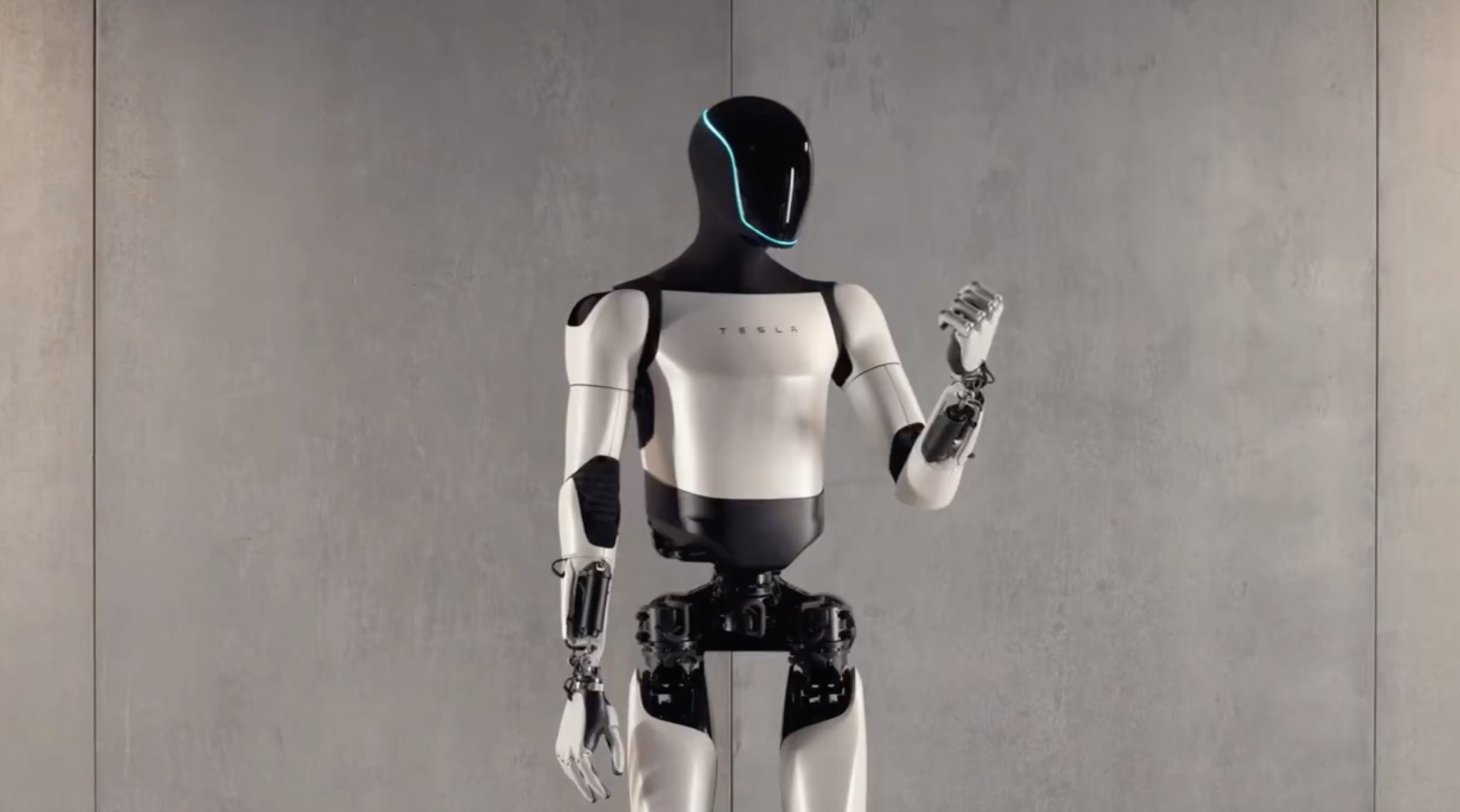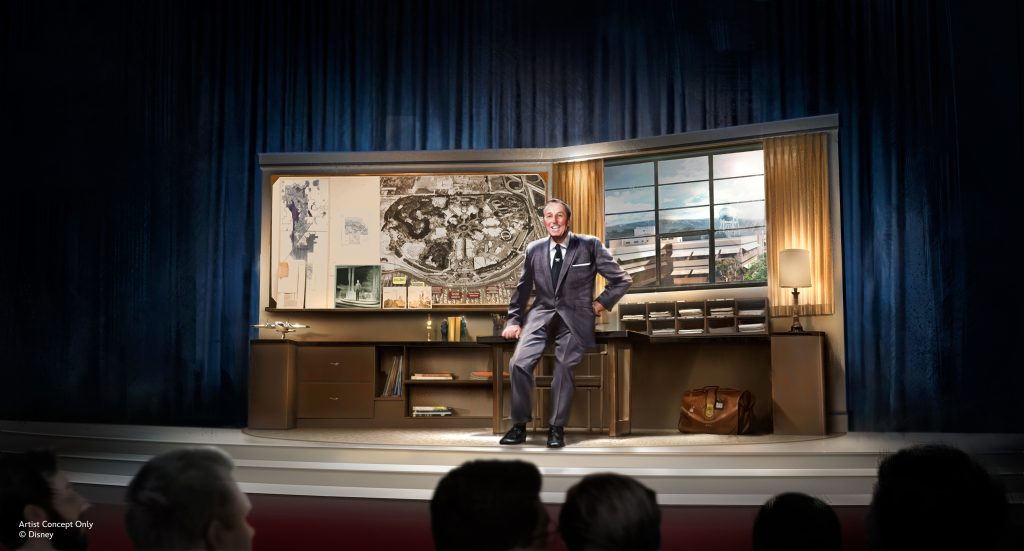
Disney’s parks and experiences have traditionally leveraged advanced technology to breathe life into captivating narratives, with animatronics serving a pivotal function across attractions such as Pirates of the Caribbean and Tiana’s Bayou Adventure. However, the advent of humanoid robots like Tesla’s Optimus could potentially threaten Disney’s position as an innovator in theme park technology. Should Tesla manage to mass-produce Optimus robots, Disney’s animatronics might swiftly be viewed as outdated, not only in terms of their performance capabilities but also their dependability.
In this scenario, if Tesla indeed leads the pack in developing humanoid robots, Disney could potentially struggle to find comparable technology to maintain their competitive edge. This might lead them to encounter a competitive or even contentious relationship with Elon Musk as they strive to keep their parks current.
Tesla’s Optimus robot serving drinks at the We, Robot party
— Tsarathustra (@tsarnick) October 11, 2024
The wealthiest individual globally envisions a future where Tesla’s Optimus robot, a humanoid model, is mass-produced annually in numbers reaching 100 million. Even at lower production rates, these advanced robots, equipped with superior movement capabilities, artificial intelligence, and practical applications, could significantly alter the status quo. Unlike Disney’s animatronics, which are confined to controlled environments with pre-set movements, Optimus is designed for everyday tasks, environmental adaptation, and even dynamic interaction with humans. If humanoid robots like Optimus become commonplace in various settings—such as factories, businesses, or personal use—it could make the rigid, predictable movements of Disney’s animatronics seem outdated.
The ongoing problem with Disney’s animatronics, as evidenced by numerous reports, is their unreliability. For instance, Tiana’s Bayou Adventure has encountered issues with malfunctioning animatronics even in its early stages, and Star Wars: Rise of the Resistance, a flagship attraction, has experienced regular breakdowns. This contrasts sharply with Tesla’s ability to create humanoid robots capable of complex tasks. If Tesla can manage this level of sophistication, yet Disney struggles with simpler animatronic figures, it could lead to a significant perception issue. Visitors might question why Disney, with its abundant resources, cannot ensure functioning attractions when advanced robotics are becoming commonplace from companies like Tesla.
Thread of broken animatronics on my ride today of Tiana’s Bayou Adventure. Starting with Louis!
— Drew TheThemeParkDude 🌎 (@DrewTheDude123) June 14, 2024
The way visitors perceive Disney Parks greatly impacts their success. If they notice animatronics that don’t work well while robots designed to resemble humans operate flawlessly in factories and homes, it creates a striking difference that might harm Disney’s reputation. The concept of “Disney Magic” could be weakened by the fact that commercially available robots are significantly more advanced than the ones Disney employs in its multi-billion-dollar attractions. This could lead to higher levels of guest discontent, negative press coverage, and broader conversations questioning whether Disney is lagging behind in technological progress.
Could Disney manage to adapt to this possible interruption? One option could be for them to significantly invest in AI-powered animatronics that can mimic the grace and intelligence of Tesla’s Optimus robots. Already, Disney has dabbled in more sophisticated robotics, like the free-ranging Baby Groot and the acrobatic Stuntronics used at Avengers Campus. Yet, these experiments have been relatively small in scale and range.

As a cinema enthusiast, I’m always intrigued by the possibilities of blending technology with storytelling experiences at Disney. Instead of just using traditional animatronics that follow pre-set patterns, they could explore incorporating AI-driven humanoid robots into guest interactions. These robots would be more than mere mechanical figures; they’d engage visitors in real-time conversations, creating a unique and immersive experience.
If Tesla’s Optimus robots gain widespread acceptance as part of everyday life, Disney will have to adapt quickly. They’ll need to think beyond static animatronics and envision how advanced technology can elevate storytelling, making it more dynamic and engaging for visitors.
If Tesla’s Optimus robots become operational and prove successful, they might establish a significant technological lead over Disney’s animatronics, potentially rendering them as antiquated artifacts. Should Disney not swiftly adapt to advancements in robotics, their attractions could appear outdated and obsolete, leading to criticism for falling behind in the field of robotics technology. Given that Disney Parks aim to transport visitors into enchanting realms, the imperative is obvious: innovate or risk transforming into a museum showcasing historical technological wonders while progress marches on.
The real problem for Disney…
Competing with Tesla is beyond them as they’re significantly lagging behind. In a year, Optimus might render their robots obsolete. Frankly, why settle for outdated mannequins from the past when advanced robots like C3PO are becoming mainstream?
Read More
2025-01-31 20:57